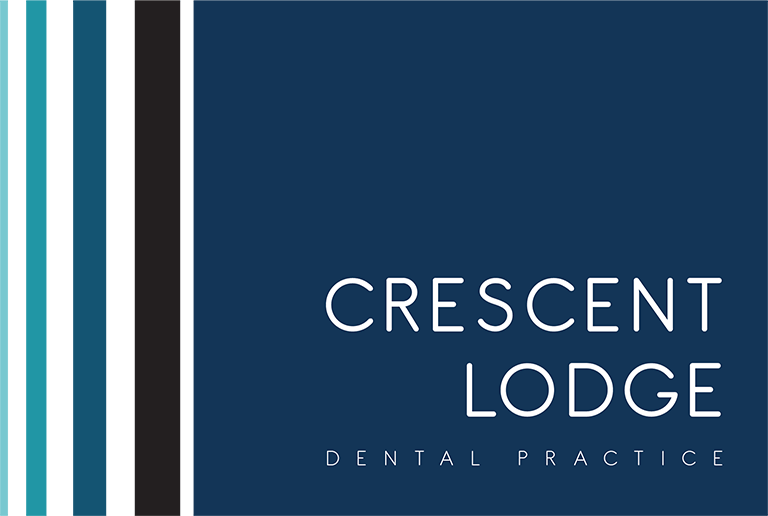23rd November 2018
What is gum disease?
Gum disease is experienced by most adults in the UK with differing levels of severity. It’s frustratingly preventable given the proper care and maintenance is carried out, but once it has developed its also surprisingly treatable. The symptoms of gum disease are easy to spot but often overlooked, and this is never a good thing. We’re here to shed some light on gum disease, its symptoms, and how to prevent it.
The symptoms of gum disease
The earliest stage of gum disease is known as gingivitis, and this is the disease at its mildest form. Gingivitis is very very common in the UK and a lot of people ignore its symptoms, but this could open the door onto far more worrying complications. Gingivitis symptoms includes red, puffy, or swollen gums that are often sensitive to brushing. They may be receding from the tooth and bleed when being brushed, which are both signs that your gum tissue is infected and weakening. You’ll notice this blood when you spit your toothpaste out in the sink or a metallic taste when you brush. These symptoms might sound familiar to you, and if you’re experiencing them now it’s a good idea to visit your dental hygienist. This early stage can develop into more severe forms of the same symptoms, even threatening tooth loss.
How it develops
Gum disease is commonly caused by the build-up of plaque, which is bacteria attempting to stick to your teeth. Plaque builds up when bacteria linger, creating more opportunities for cavities and decay to form. When this plaque rests atop the gum line, it irritates the tissue and prompts infection. Your immune system becomes worried and triggers a protective inflammatory response, aggravating the tissue a little more. When this occurs, our gums can begin to recede and reveal more and more of our teeth. This threatens their stability and could prompt them to become wobbly and loose. When left untreated, plaque hardens in tartar that is only able to be removed by a professional. Tartar irritates the gums furthers, and it’s at this point we’re seriously risking losing a tooth.
Preventing gum disease
Gum disease is entirely preventable and treatable, though of course it’s far more preferable to prevent it from happening before we need to worry about treatment. Simple and routine at-home cleaning is essential and the easiest step in maintaining your gums’ health. Brushing twice a day, flossing once a day, and using anti-septic mouthwash will help rid your mouth of bad bacteria and keep your tissues healthy. You might even find that an electric toothbrush works well for you, but if you’re unsure we’ll always advise what’s best. Regular visits to a professional dental hygienist are also an essential part to maintaining your dental hygiene. We at Crescent Lodge Dental Practice are proud to count Dr Styliani as a member of our team. As a special periodontist (an expert in all things teeth and gums), she regularly sees patients experiencing the whole scope of gum disease severity and is able to treat them accordingly.
Preventing gum disease can be done at home if it’s in the early stages, but regular dental hygienist appointments and professional cleanings could help transform your gum health regardless of your severity. Enquire online or speak to a member of staff on 020 7622 5333 to make your first dentist appointment in Clapham today.
Contact Our Dentists For Dental Crowns in Clapham Today!
Wanting More?
You can read the rest of our blogs here
